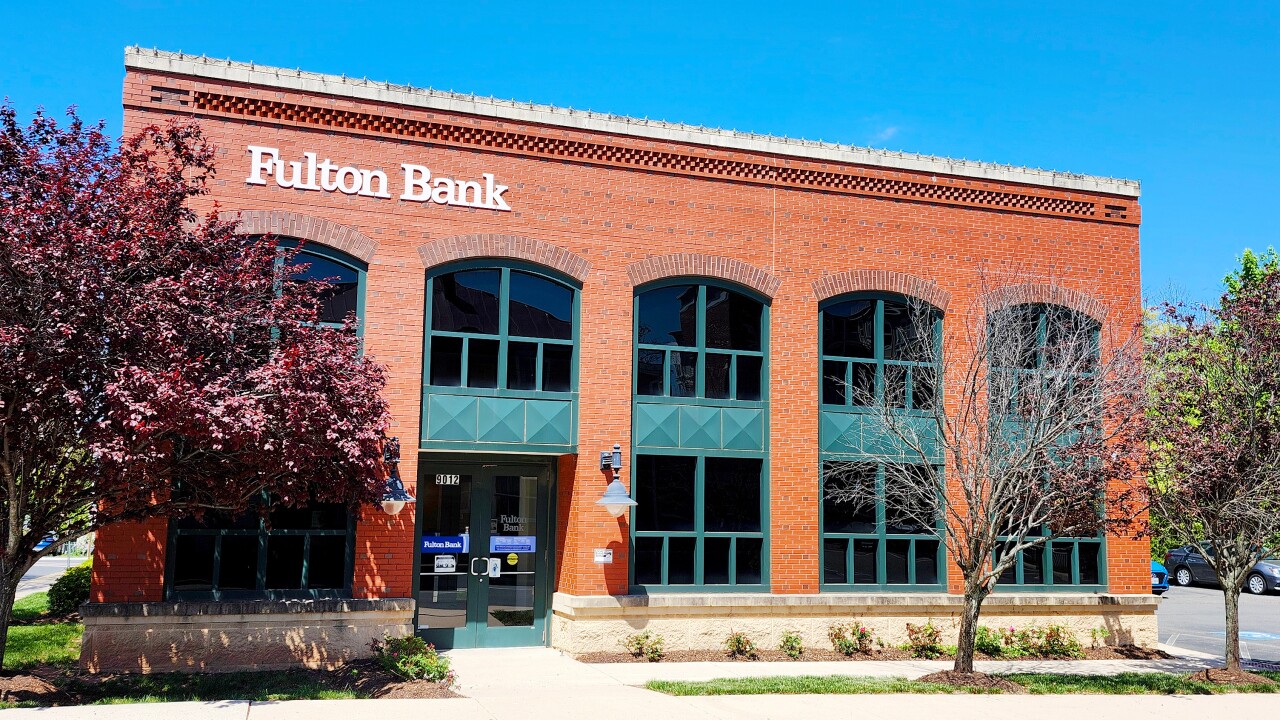Watching an educational DVD the other night with my kids, I learned that the second and later waves of a tsunami can be even larger and more damaging than the unexpected first wave.
Unfortunately, I believe that the second wave of this credit crisis is in motion and approaching.
The first wave of subprime-related wipeouts was unexpected and devastating, but I see the next wave hitting with an even broader impact on a larger number of banks. Even if there is a lull now after the initial dissipation of the subprime crest, I don't think the worst is over.
The energy-laden second wave now crossing the ocean is the construction and development loan category at large community and regional banks. Many factors led basically high-quality, lending-oriented banks to slide further and further down the slippery slope of (always theoretically riskier) construction and development lending.
The boom prosperity in all types of real estate during the prolonged period of a 1% federal funds rate seemed to create a permanent bull market in real estate lending. The boom's durability has proven illusory. Meanwhile, the heightened competition for bread-and-butter banking business became so extreme in the past five years that net interest margins were unsustainable without a boost from somewhere. Construction and development lending with its relatively better spreads and easy volume growth were seductive.
My eyeball estimate of construction and development loans as a percentage of total loans in a representative group of good community banks is a progression from a range of 5% to 15% five years ago to a level of 15% to 35% now. The category's capital multiple has thus risen to roughly two- to three-to-one or sometimes much more, which means that losses above a minimal level will quickly impair capital adequacy.
What I believe is going on right now is that a significant, if indeterminate, proportion of the loans in the construction and development category at scores of community and regional banks have deteriorated quickly. If the economic slowdown's trajectory does not reverse course rapidly major loan losses will be the result. The order of magnitude of the problems at many affected banks will be sufficient to threaten their viability, requiring deathbed sales to larger institutions.
Other commercial real estate loan categories, separate from construction and development, have also experienced rapid growth and amplified the risks embedded in many community and regional banks. The mix variations within this line item make it difficult to assess how much a particular bank will be affected. It is clear, however, that a combination of construction and development and commercial real estate loan growth at many banks makes them vulnerable.
That the state of banks' loan portfolios is not widely appreciated is largely explainable by bankers' own state of denial and the lag in crucial outside examinations in today's regulatory world. Nonperforming loans at community and regional banks have indeed ticked up in the past two quarters, but in my opinion, they do not yet fully reflect their eventual peak potential. Many basically bad loans are still technically performing but slowly unraveling.
Based on my 40 years of observation, the nonrecognition of the ineluctable rise in loan losses to come is no surprise. Bankers' human tendency to be in denial and to be defensive is even more pronounced since we're coming out of a period of more than 15 years without a sizable downturn in the loan cycle.
Examiners' recent reliance on assessing credit processes and management has seemed to temporarily blind them to what's going on at ground level in real estate loan portfolios (notwithstanding the commercial real estate concentration guideline limits published in 2006, a prescient but somewhat nonconstraining macro step in practice). Things have turned too fast. Now they're gearing up to do some old-fashioned bank examining.
Moreover, the post-SunTrust ethos in the bank boardroom has had a major influence. The robust loan-loss reserves of the early '90s were slowly drawn down and into earnings over time. Then when the Securities and Exchange Commission slammed SunTrust for over-reserving in 1998, the thought process of boards of directors changed dramatically. "Conservative" loan-loss reserves were deemed automatically to be non-GAAP earnings management, and accounting firms enforced that viewpoint.
So today banks are not in the habit of rushing to flush out potential loan losses and reserve for them as they did in the early '90s or other post-cycle periods. Inevitably, reality will set in, and examiners will arrive, probably by yearend 2008.





